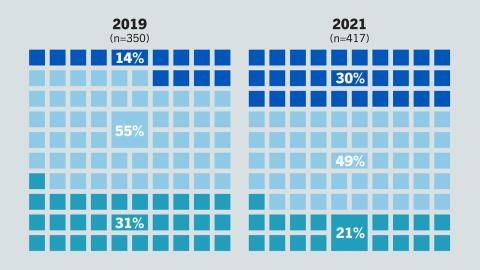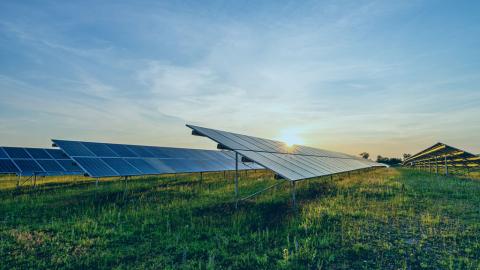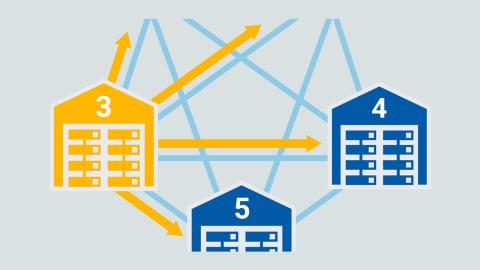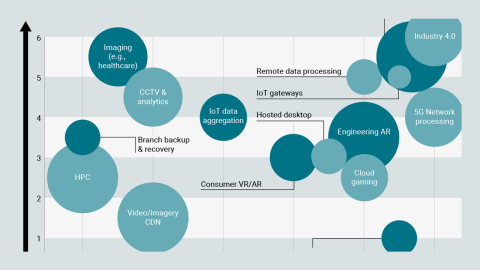Bringing certain IT workloads closer to users and connected devices helps organizations to manage data growth, user experience and expansion. This report looks at the deployment models for data center facilities and IT at the edge.
filters
Explore All Topics
Key findings from the Uptime Institute Edge Data Center Survey 2023 reveal how edge is becoming more important in hybrid infrastructure strategies.
Low latency is the main reason cloud providers offer edge services. Only a few years ago, the same providers argued that the public cloud (hosted in hyperscale data centers) was suitable for most workloads. But as organizations have remained…
This Q&A brings together contributor questions and expert answers relating to Uptime Institute Intelligence's Five data center predictions for 2023 report.
This Q&A brings together contributor / member questions and expert answers resulting from the Uptime Institute Global Data Center Survey 2022. Topics discussed include: IT efficiency, sustainability, outages, supply chain issues and staffing.These…
Reduced latency and bandwidth are top drivers for edge data centers, with the internet of things and artificial intelligence being the most important applications.
Edge computing is expected to require large numbers of small-scale data centers located close to their end-users. This report profiles suppliers of different types of small-scale edge facilities and their products and services.
The survey finds spending on data centers is growing; forecasting capacity is the largest operator challenge; and the use of lithium-ion batteries and other technologies is more common.
Photovoltaic (PV) solar — which has become the lowest-cost form of energy in most major countries, according to the International Energy Agency — is set to play an increasing role in limiting the environmental footprint of edge data centers.Although…
Edge data centers need to be resilient to failures. This is commonly achieved by using redundant on-site infrastructure, possibly combined with software-based, distributed resiliency. Generators remain important, but batteries, solar panels and…
Many analysts have forecast an explosion in demand for edge data centers. After a long, slow start, demand is beginning to build, with small, prefabricated and mostly remotely operated data centers ready to be deployed to support a varying array of…
Demand for edge data centers has started to increase from low levels. Uptime Institute’s research shows that owners, operators, and suppliers alike anticipate further growth across different industry verticals, especially in North America.While…
Edge data centers are generally small data center facilities — designed for IT workloads up to a few hundred kilowatts — that process data closer to the population of local end users and devices. Earlier in 2021, we surveyed data center owners…
Demand for private and shared edge data centers is starting to grow from low numbers. Certain edge workloads, the strategies of large cloud providers, and the speculative deployments of supporting 5G networks are fueling edge data center buildouts…
One of the most widely anticipated trends in IT and infrastructure is significant new demand for edge computing, fueled by technologies such as 5G, IoT and AI. To date, net new demand for edge computing — processing, storing and integrating data…
 Dr. Tomas Rahkonen
Dr. Tomas Rahkonen

 Douglas Donnellan
Douglas Donnellan

 Dr. Owen Rogers
Dr. Owen Rogers

 Daniel Bizo
Daniel Bizo


 Lenny Simon
Lenny Simon
 Jacqueline Davis
Jacqueline Davis




 Andy Lawrence
Andy Lawrence




 Intelligence Team
Intelligence Team